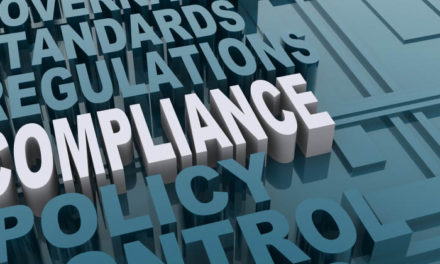It is so true that leadership has a direct impact on outcomes. We can see leadership in action almost everywhere.
The other week I was with my daughter having a quick lunch and a visit at our local McDs. Along came a mother and her four kids.
She was the leader, and they were the team. I estimate the age range for the kids to be 7 to 12 - looked evenly spaced. So, each child was old enough to know how to behave and to interact with others and to communicate.
My daughter and I lingered over our lunch for an additional thirty minutes; the team interaction of this group was amazing. And, not in a good way.
It all began and ended with the leader.
The mother was either very stressed, very distraught, or a poor team leader. In the workplace, the reasons for poor leadership generally do not matter. We provide leadership, and we get results.
The Mom provided the leadership; she provided directions; she modeled behavior; and, the team delivered results.
In fact, I was surprised a manager did not come and ask this team to leave.
I will not relay blow by blow what happened. However, I will describe some of the leadership traits demonstrated, then some of the team performance, followed by some outcomes.
The mother was not a good leader. She was leading a team of four. The 10 and 12 year olds were able to fend for themselves. The 7 and 9 year olds needed guidance and mentoring.
The mother communicated by shouting. She talked to each in a loud voice. Her tone and her words were negative. She modeled behaviors such as waving her arms around, tossing items across the table, and slapping the table loudly to get attention. The mother clearly did not have control of the team; did not have the team’s attention or respect. (I am sure the kids love their mother, however, love does not trump influence on behavior.)
The two older kids tried to outflank the mother with the two younger kids, however, the mother clearly had experienced this tactic before. She made a point of making sure the older kids did not fully interfere with her interactions with the two younger kids.
The two younger kids were excited about their meals; they wanted to play with the toys that came with their meals. The mother grabbed the toys and hid them in her purse. There was a tussle over toys. Food spilled on the table; some spilled on the floor.
Other customers were watching the team’s interaction and behavior. The mother and her kids did not seem to notice or care. Occasionally, the oldest child seemed to notice and tried to quiet the group down; success was limited and short lived, and she did not persist.
The noticeable outcomes were a loud and noisy team, inappropriately so. Shouting, crying, demonstrating wildly, tossing of items, tossing food, spilling on the table, and a large spill on the floor that spread out under the table and into the aisle where other customers were walking.
Amazingly, no one from this team made any effort to clean the large spill on the floor, did no notify anyone from the restaurant, did not advise other customers to be careful. (And, other customers who did not notice the mess on the floor, walked in it and tracked it around the store.)
This mother and her kids, this leader and her team looked as normal as any other person. There was nothing characteristically unusual about them. Visually, there was nothing about the individuals that could be determined to be a cause for the leadership and team chaos.
Yet, there was definite chaos. Inappropriate chaos. Chaos that disrupted the whole corner of the restaurant. Chaos that had others shaking their heads and some customers got up and moved to other parts of the store.
From what I could see and hear, it all started with leadership. Yes, the team was excited to be having lunch and getting toys. That is fine. Perhaps, how the leader responded to this simple stimulus started the downward spiral. No matter the cause, the leader set the tone; she modeled the behavior (the mother would toss a food item to a child who would then in turn throw it at another child); she defined the standard for communication; she allowed the outcomes to occur with no response to correct or remediate (other than additional shouting).
When they finished, they left the table and the area littered with trash, which they did not pick up, and the table and floor covered with ketchup, soda, ice-cream and other food stuff.
It did not matter what the reasons were for the mother, the leader, being stressed or out of control. What does matter is that the leader’s disposition drove the team’s interactions and outcomes. Leadership matters.
How many of us have worked on a team that sounds like this?
How many of us know a leader that sounds like this? What do we do about it?
What can we do about it?
How do we as professionals intervene to eliminate chaos and restore order?
Latest posts by Philip Espinosa (see all)
- New Tires and Fear of Change - April 14, 2024
- Functional HR vs Organizational HR - February 18, 2024
- How is HR Like a Football Team - February 11, 2024












